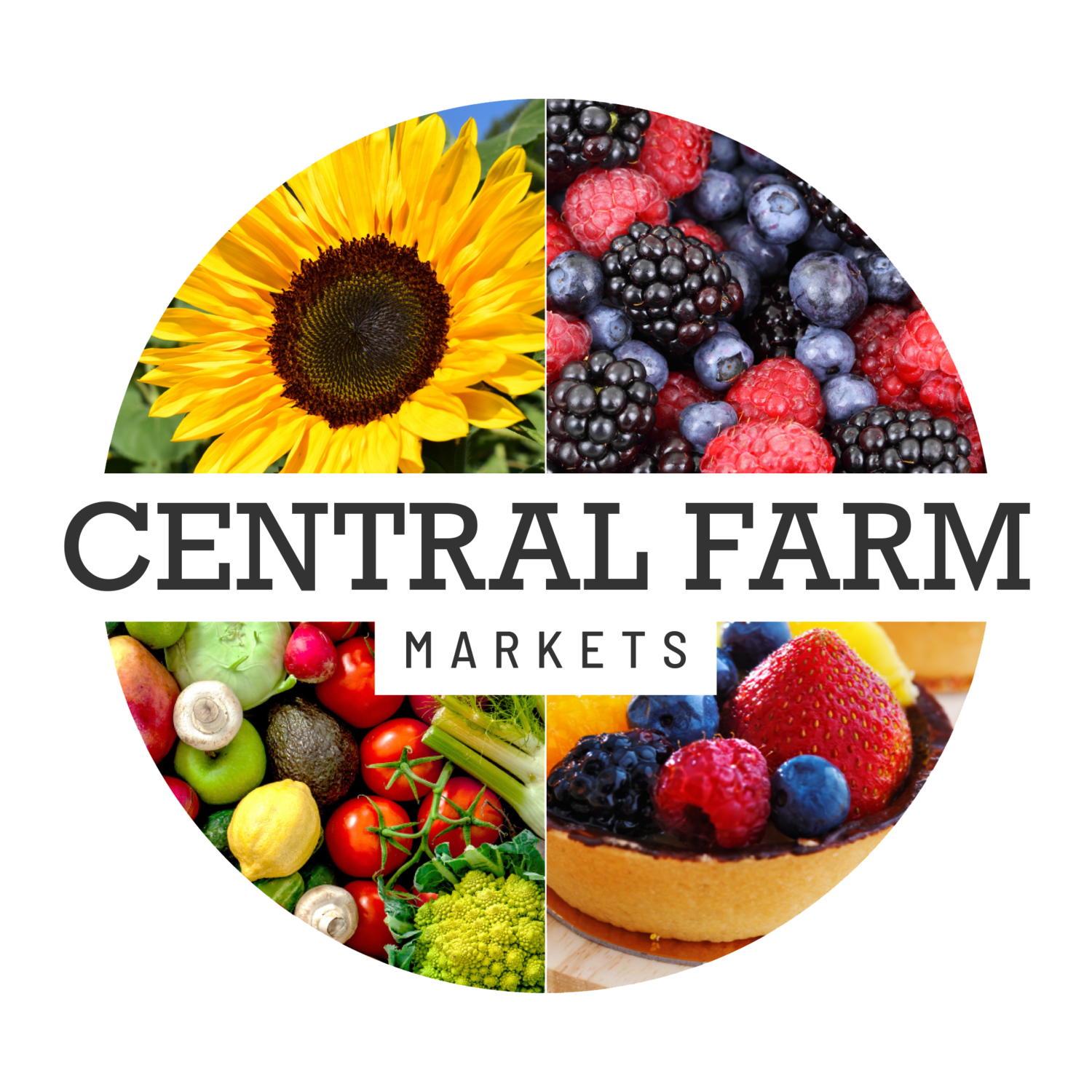The Last Day of Summer
There’s no denying change is in the air. This morning I dug out my flannel and a hoodie to wear on the porch while having coffee and watching the sun rise over the pastures that are starting to glow gold instead of their usual emerald greens. For days the neighboring crop farmers have been chopping corn for silage, the whine of the massive machinery screaming late into the night. I guess that means I get a pass on blasting Earth, Wind & Fire’s September while dancing under the stars. Yes, I remember the 21st night. Mother Nature and the autumn equinox are holding hands.
With white shoes stowed away until spring, knee boots and puffy vests will be making their appearances at market along with apples, pears, ciders, and winter squash. It’s still a bit too warm for pumpkin pie, but an apple crisp or pear tart would be nice. If you get to market early enough to score the highly coveted figs, dessert for Rosh Hashanah will impress even the pickiest of mothers-in-law.
I’ve always found it fascinating how assorted cultures place their new year in a particular season. While many are centered upon religious holidays, I can’t help but wonder how much agriculture, harvest times, and food played in their origination.
This is the time of bounty and harvest, especially in the Fertile Crescent. Grapes and olives come to mind when I think of traditional fall harvests. These critical crops set the tone for the prosperity of the rest of the year. A year of drought or pests meant a year with meager wine and oil. Yes, let’s absolutely have Holy Days and festivals to ensure enough bounty to last until next year. I know my bottles of olio nuovo are almost empty.
While we celebrate our faiths and our cultures with deep reverence, I somehow can’t help but feel short changed by all the modern convenience and abundance. Had a bad gardening year? Go to the grocery store. Local crops didn’t do well? Import from another part of the world. I’ve seen how upset people get when they lose access to their normal food for a week or two.
It’s easy to see what foods will be served at the celebrations taking place this time of year. Honey, apples, and pears—check. Oktoberfest will be upon us. Guess what’s on the menu? Sauerkraut that’s been fermenting in big crocks over the last few weeks as cabbages have come into season.
The Koreans are all about fermented cabbage, too, this time of year. Napa cabbages aren’t far behind the round dense European vegetables in season. Kimjang is when communities come together to make large communal batches of kimchee to last throughout the winter months.
The folks really partying it up around the beginning of autumn, though are the Hindus with Dashain, a fifteen day holiday celebrating good over evil. Food is very much a part of this celebration along with the usual holiday festivities of visiting relatives, wearing new clothing, and offering gifts.
As a farmer, there’s evidence all around as to the arrival of autumn and the impending winter. I look out in the pastures and see the goldenrod blooming, the leaves on the Black Walnut trees turning yellow and the nut hulls on the chestnut and hickory trees also falling to the ground and breaking open to reveal a dense, high energy food that once was the make or break food for survival until next spring. For most now they’re considered messy trees.
We’ve been marking the passage of the sun heading southward crossing the celestial equator for millennia, often with harvested foods in offerings, in feasting, and as a cue for all of us to count our blessings. Harvest festivals and holidays once brought people together to celebrate the abundance of their shared geographies and faiths and continue to do so today as we continue to mark the changing of seasons.

